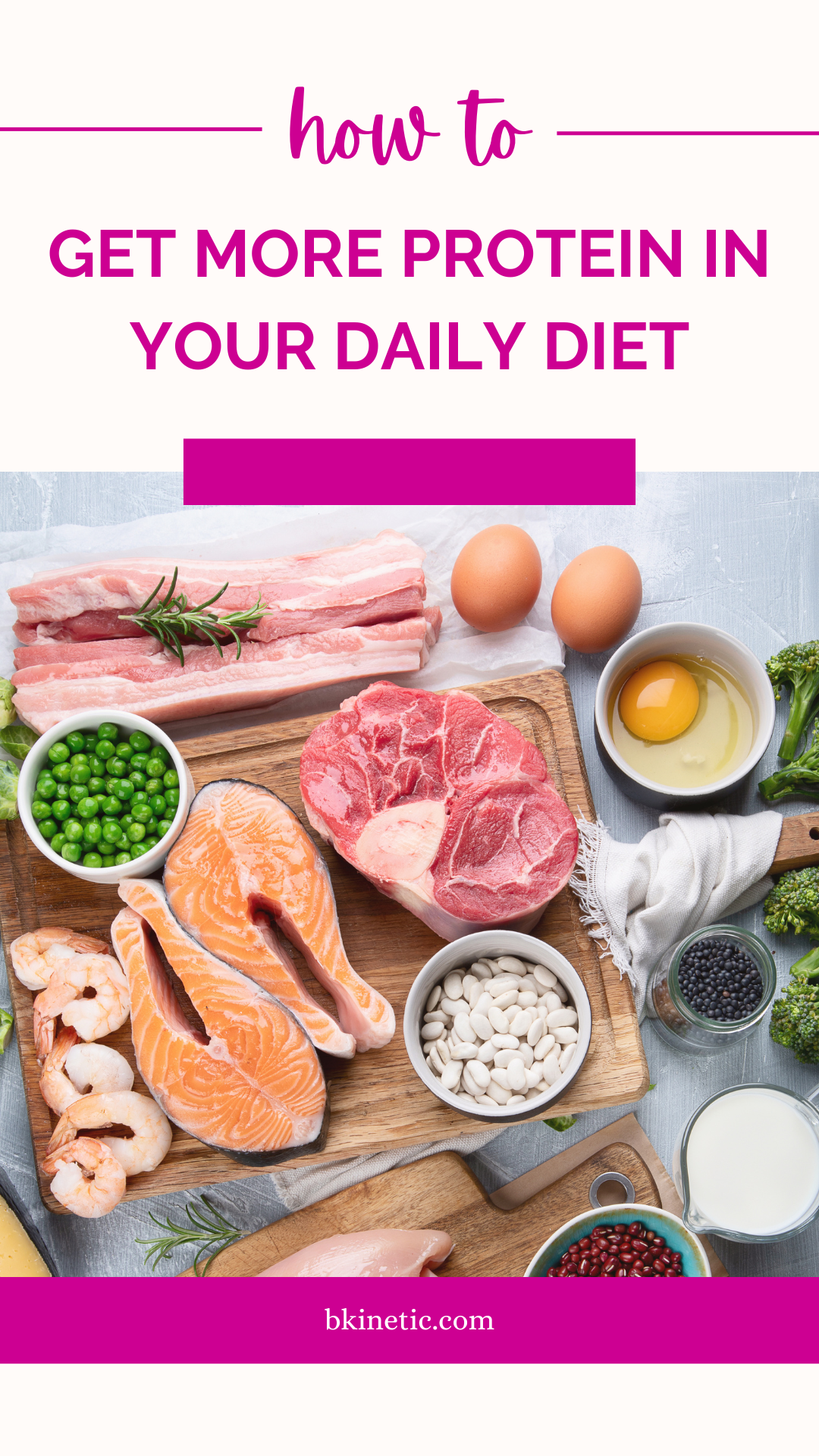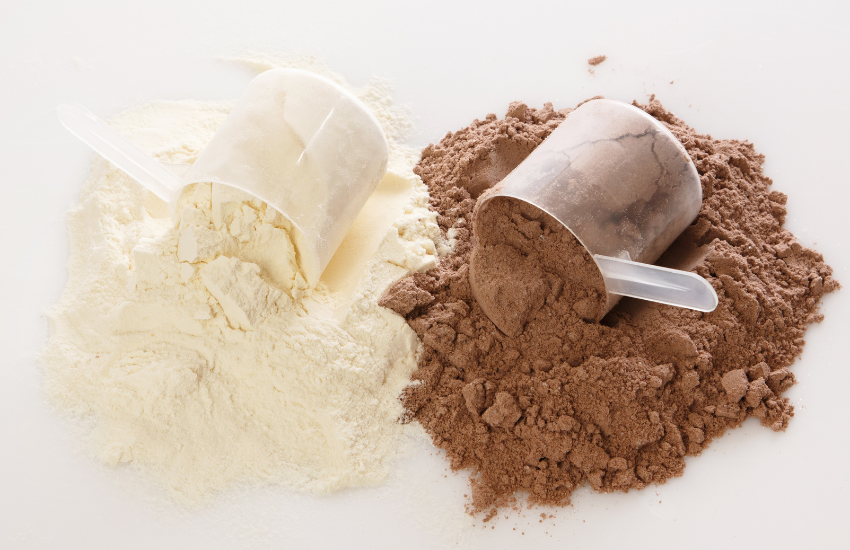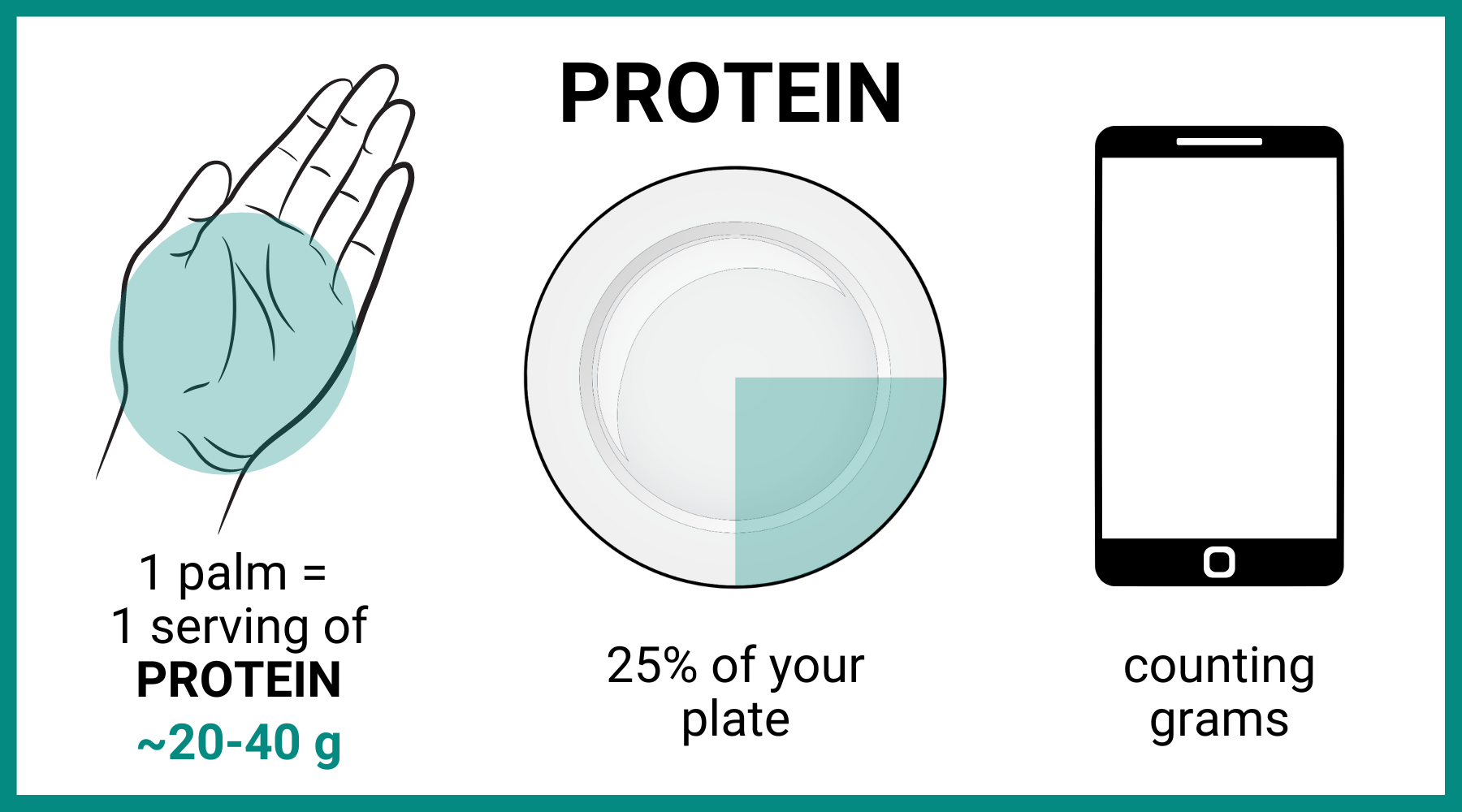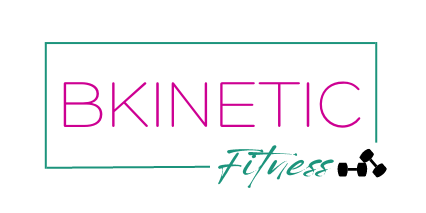If you’re like me, you sometimes struggle to get enough protein in each day. And you know just how important that macronutrient is for maintaining and building muscle and overall health. Protein contains amino acids, which are the building blocks of muscle and tissue, and we need it for building muscle and recovery. And as we get older, we lose that precious muscle mass more easily, so protein is even more crucial.

I was lucky enough to have a dad who’s a doctor and a bodybuilder to guide my early nutrition knowledge, and so adequate protein intake was always on my radar, especially as I got onto more competitive soccer teams and pursued weightlifting more seriously. Unfortunately, in those days, we didn’t have the plethora of tasty protein supplements we do today. I was stuck with chewy Power Bars and soy protein powder that tasted like gritty chalk — yuck.
Thankfully, these days there are as many ways to eat more protein as there are taste preferences. I’ll share many of my protein powder and bar faves at the end of this post.
A higher protein intake has a host of benefits, including:
• Improved immune function
• Enhanced metabolism
• Increased satiety
• Weight management
• Improved performance

Good sources of protein include beef, poultry, pork, seafood, eggs, and lamb, as well as powder and bar protein supplements. Vegan sources include beans, peas, soy, tempeh, lentils, quinoa, grains, nuts, and seeds.
How Much Protein Do You Actually Need?
Like most any nutrition topic, this has always been a point of contention in the health and fitness world. A common myth surrounding protein intake concerns the US RDA (recommended daily allowance). This guideline lists the recommended amount as only 0.8 grams of protein per kilogram (1 kg. = 2.2 lbs.) of body mass. This is about 10% of your daily caloric intake.
According to this guideline, someone who’s 150 pounds would technically only need 55 grams of protein per day. That is really not much at all. It’s the equivalent of 2 palm-sized servings of chicken.
You have to keep in mind that these recommendations are set as the minimum amount of intake to prevent a deficiency in sedentary, relatively healthy individuals. It doesn’t take into account an active lifestyle, nor optimal performance nor aesthetics (not to mention individual needs or preferences). The research supports the assertion that active adults need more protein than sedentary adults.
Furthermore, studies have found that people on weight loss diets high in protein (25-35% of daily calories) tend to burn more fat and lose less muscle than people on diets with intakes of 15% protein or less.
A more optimal intake of protein seems to be around 1.4-2.0 grams per kilogram of body mass (or 95-135 grams for a 150-pound individual). Another well-known guideline is 0.8-1 gram per pound of body weight or lean muscle mass (if the individual has a larger body size). A high intake is especially crucial when training with a high intensity or cutting calories and/or carbs.

Ways to Track Protein

Use Your Hands
A standard portion size of protein is about the size of your palm. This means that the bigger you are, the larger your ideal portion size will be, anywhere from 20 to 40 grams of protein.
Use Your Plate
What I typically recommend to my clients is to reserve about 25% of their plate to protein. This doesn’t mean to fill the entire quadrant with food, but to devote a quarter of the food on your plate to healthy protein sources. (Half the plate is usually veggies and the other quarter starchy carbs and fats.)
Use Your Calculator
The third method is more detail-oriented and tedious. Some people need to be more precise in their macronutrient intake, like bodybuilders and high-level athletes. Also, this method might be helpful if you’ve already tried the other two methods and have plateaued. It can be very easy to underestimate your food intake (studies have shown this, even for health and fitness professionals!), so weighing your protein sources will help you be more accurate. I don’t recommend this for those with disordered eating patterns/histories or those who have or have had eating disorders — please see a registered dietitian who specializes in working with individuals like you.
Tips For Upping Your Protein Intake:
- Add lentils and beans to soups
- Substitute quinoa for other grains
- Add protein powder to oatmeal, yogurt, or baked goods
- Drink protein shakes (you can also add pasteurized liquid egg whites for an added protein boost)
- Snack on jerky, dried edamame, hard-boiled eggs, or flavored tuna/chicken packets
- Add peas to meals
- Add collagen peptides to coffee or tea
- Snack on cottage cheese or string cheese
- Opt for a higher-protein nut butter like Nuts ‘N More, PBfit, or P28
Recommended Protein Powders:
Optimum Nutrition
Cellucor
Orgain
Now Sports
Primal Kitchen
IsoPure
Simply Tera’s
Quest Nutrition
Legion
Recommended Protein Bars:
GoMacro Macro Bar
Quest Bar
Rx Bar
KIND Protein Bar
88 Acres Protein Bar
Zing Protein Bar
One Bar
Power Crunch
think! Protein Bar
Clif Builders Bar
Epic Bar
NuGo Dark Bar
NuGo Slim Bar
Make your own protein bars HERE
